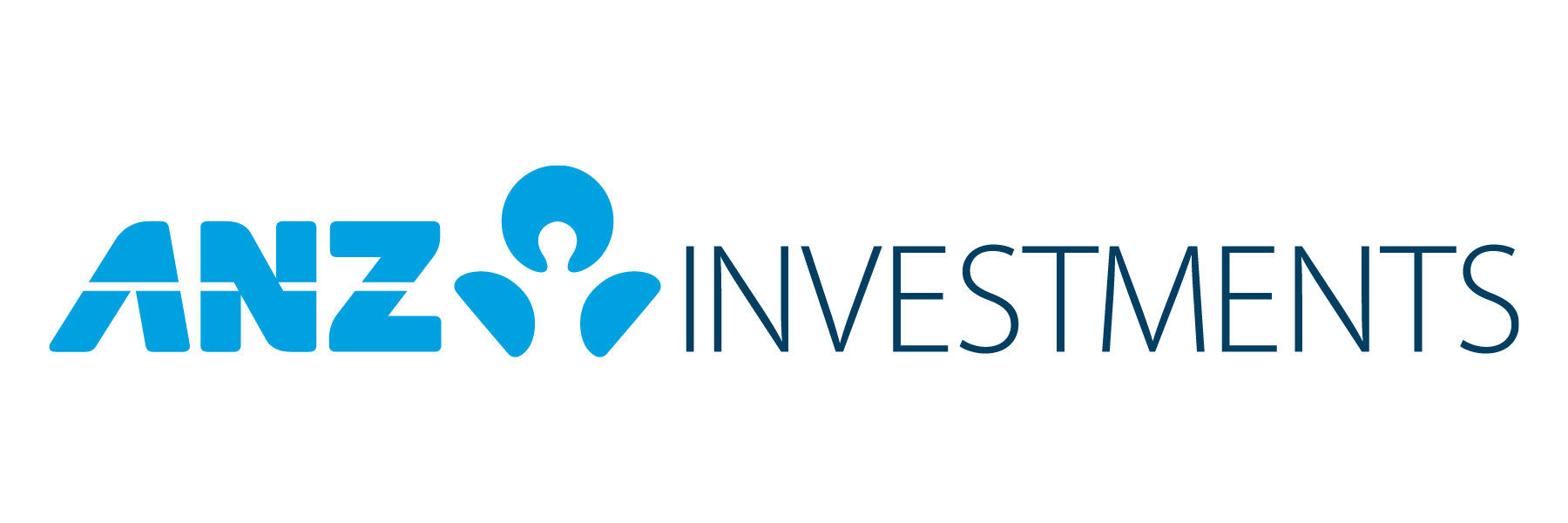How we evaluate products
Responsible Investment strategies, processes, practices and disclosures are assessed against the eight criteria for product certification in the Responsible Investment Standard and accompanying Guidance and Assessment Notes.
What are the requirements?
In order to certify products as certified responsible investments, RIAA assesses them against its RI Certification Standard. The Certification Standard is underpinned by eight requirements that act as the guiding principles of the RI Certification Program. Since its inception the RI Certification Standard has evolved significantly, reflecting the dynamic evolution of responsible investment. These eight requirements are:
- RI strategies are formal, disclosed, consistent, auditable and fit for purpose
- Labels are clear, honest and not misleading
- Product avoids significant harm
- Discloses full holdings, performance, sustainability outcomes and engagement and voting practices
- Managed by active stewards, and managers can detail the stewardship practices and outcomes
- Organisation has formal commitment to responsible investment
- Organisation provides educational information to members and customers about RI strategies
What this symbol means

General certification: This Symbol signifies that a product or service offers an investment style that takes into account environmental, social, governance or ethical considerations, and that it adheres to the operational and disclosure practices required under the Responsible Investment Certification Program for the category of Product.
<span class="text-size-xxsmall">The content on this webpage is provided by Responsible Investment Association Australasia Ltd (ACN 641 046 666, AFSL 554110). For more information refer to our Financial Services Guide. Certain content provided may constitute a summary or extract from the offer document of a financial product. Any general advice has been provided without reference to your investment objectives, financial situation or needs. If the advice relates to the acquisition of a particular financial product for which an offer document (such as a product disclosure document) is available, you should obtain the offer document relating to the particular financial product and consider it before making any decision whether to acquire the product. Past performance does not necessarily indicate a financial products’ future performance. To obtain information tailored to your situation, contact a financial adviser.</span>
Themes & Issues
Society
Environment
<span class="text-size-xxsmall">For RIAA’s definitions of the themes included and issues avoided, please view this guide. Product-specific exclusion criteria and practices may vary. You can find these by referring directly to the product provider.</span>
Overview
Responsible investment
Our approach to responsible investment is a core component in the way we research, select and manage investments.
Our Responsible Investment Framework at anz.co.nz/responsibleinvesting sets out our approach to responsible investment and how we apply it to our investment activities. It also sets out how we monitor and report on our approach.
We believe that to add value for our investors over the long term, investment decisions must consider environmental, social and governance (ESG) factors. The three core components of this approach are exclusions, ESG integration, and stewardship.
1. We exclude some companies1 and industries based on their involvement in areas of harm, or for breaching global norms.
2. For the companies we invest in or are looking to invest in, we integrate ESG considerations into our evaluation of a company.
3. For the companies we invest in, we demonstrate our stewardship through engagement and proxy voting.
For the avoidance of doubt, we do not make investments in companies or industries based solely on ESG factors.
Climate change
We believe that climate change is a systemic challenge. Climate-related risks and opportunities can materially impact investments so we’ve developed a climate-related goal and a specific climate approach as part of our investment framework.
Our goal is to reach net zero greenhouse gas emissions by 2050 across all of our funds under management (FUM), although not on a fund by fund basis. This is our 'Net Zero 2050' goal. ‘Net zero’ means cutting greenhouse gas emissions to as close to zero as possible, with any remaining emissions re-absorbed from the atmosphere.
Our responsible investment approach to meeting this goal includes taking a stewardship-based approach to decarbonisation. Stewardship involves using our influence directly, or through external fund managers, to shape the behaviour and climate impact of a number of the companies we invest in.
We use a variety of tools to identify, assess and manage climate risks and opportunities as part of our ESG integration. We consider climate risk and opportunities throughout our investment decision making process from our strategic asset allocation process, external fund manager selection, through to when we select securities and construct our portfolios. Once we have invested, working on behalf of investors, the aim is to encourage the companies we invest in to align their business with the transition to net zero greenhouse gas emissions by 2050.
We will monitor the effectiveness of our stewardship activities and we (and our external fund managers) may take steps such as divestment or exclusion.
Further information on our Net Zero 2050 goal and our approach to achieving it is set out in our Responsible Investment Framework.
Description
The High Growth Fund invests in growth assets (equities, listed property and listed infrastructure), with a very small exposure to income assets (cash and cash equivalents and fixed interest). The fund may also invest in alternative assets. The High Growth Fund aims to achieve (after the fund charge and before tax) over the long-term higher returns, allowing for larger ups and downs in value.


